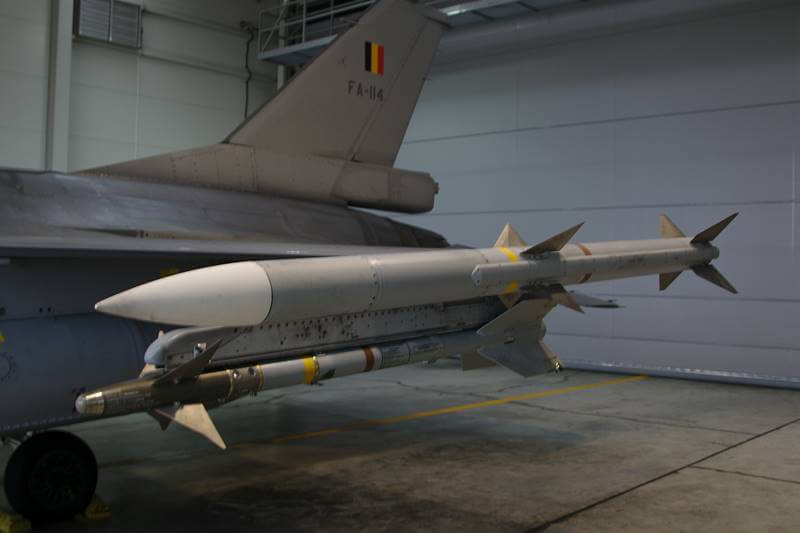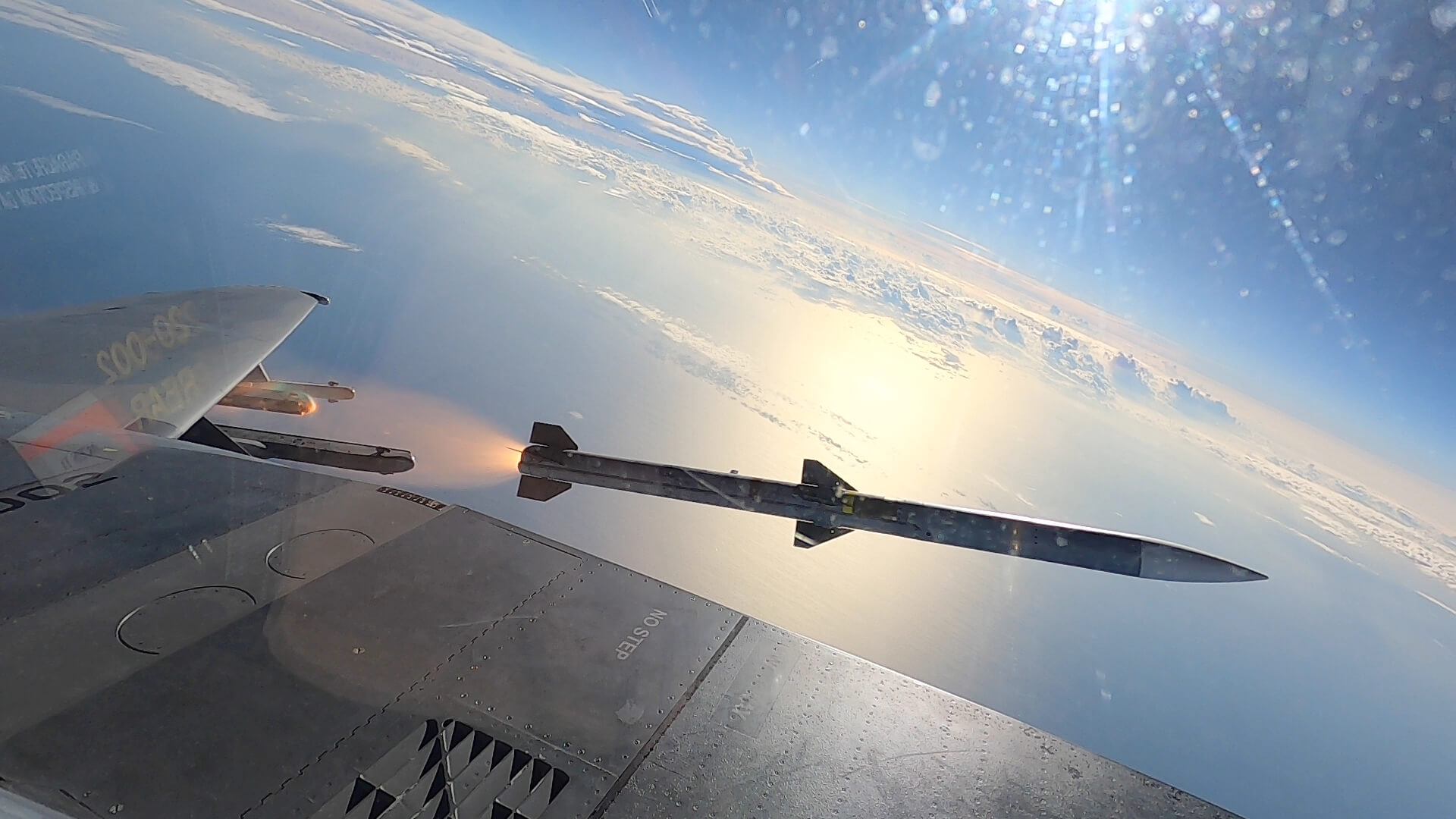In the United States, discussions are reportedly underway for a possible delivery of AIM-120 AMRAAM medium-range air-to-air missiles to equip Ukrainian combat aircraft. The use of this missile would be advantageous in several ways for Ukrainian pilots, but it would first be necessary to resolve numerous technical problems concerning the use of this American missile on Soviet-designed aircraft.
Technical deliveries and modifications
Infantry weapons, armored vehicles of all kinds, artillery howitzers, tanks, ... the deliveries of equipment and their ammunition to Ukraine are very diverse. They also include modifications on vehicles of Soviet origin in order to fire Western ammunition. There are, for example, modifications on MiG-29 and Su-27 fighter aircraft to carry AGM-88 HARM anti-radar missiles (article on the subject) as well as on Buk mobile anti-aircraft systems, also of Soviet origin, to fire Rim-7 Sea Sparrow missiles (more info in this article).
Another modification seems to be under consideration by the US military and officials: according to the Politico, discussions are underway in Washington, D.C., on a possible delivery of AIM-120 AMRAAM medium-range air-to-air missiles to the Ukrainian Air Force. AMRAAM missiles are already in Ukraine but only for use from NASAMS anti-aircraft systems.
A technical limitation
The use of HARM missiles had not required major modifications for Ukrainian MiG-29s and Su-27s: carrying the missile on its standard LAU-118/A pylon, which itself is attached to a modified pylon that allows an LAU-118/A to be attached to the wing of an aircraft of Soviet origin. In addition to that, the AGM-88 does not require big modifications because the missile works independently of the aircraft.
Or, although the AMRAAM can be fired as a tug-of-war, the latter can, thanks to a data link with the launching aircraft, change its trajectory before switching on its radar and become completely autonomous. However, the Soviet systems are not at all designed with a view to firing or even directing a missile manufactured in the United States. This problem arises even before the missile is fired, when the combat system transmits information from the aircraft's radar to the missile. The problem with the radar is that it is not as good as that of the Russian Su-30SM and Su-35. Adding a modern medium-range missile would be pointless if the radar of the launching aircraft cannot compete with the enemy radars.


Solution: aircraft and missiles!
The Ukrainians have already received aircraft of Soviet origin in spare parts but still no recent aircraft and to NATO standards. However, AMRAAM, as explained in the last paragraph, requires the use of components not owned by Ukrainian fighters. An intermediate solution to this problem would simply be to modernize Ukrainian aircraft. The advantage is twofold, as this would provide Ukraine with modernized fighter aircraft while avoiding the issue of delivering foreign fighter aircraft to Ukraine.
The task would obviously not be simple, as it is not a matter of adding a simple box to an aircraft: the power supply is different from that of Western systems, the space allocated is unique, etc. Nor is the task impossible: Poland has already demonstrated its ability to modernize its MiG-29s on several occasions in order to update them but also to be able to interoperate with NATO aircraft.
Finally, this choice would allow the Ukrainian Air Force to have modern ammunition but also and above all non-Russian: the various Vympel R-73 short-range (AA-11 Archer) and Vympel R-27 medium-range (AA-10 Alamo) air-to-air missiles are produced in Ukraine but also in their great majority, in Russia. This would then allow Ukrainian aircraft to be completely independent of ammunition stocks that are difficult to supply.
There is only one downside: the various modernizations of aircraft of Soviet origin did not concern the armament! So it remains to be seen - depending on American decisions (small additions or big modernization) - how Ukrainian and American engineers will solve the various compatibility problems.
AIM-120 AMRAAM
The AIM-120 Advanced Medium Range Air-to-Air Missile, or simply AMRAAM, represents the medium-range air-to-air missile of the U.S. but also allied armed forces. It entered service in 1991 and has undergone many improvements:
- AIM-120A (1991): first version
- AIM-120B (1994): new guidance system, with the possibility of pre-programming the missile on its target before firing.
- AIM-120C (1996): range increased to 105 kilometers, warhead decreased as well as its fins to fit in the cargo bay of the F-22 Raptor.
- AIM-120D: version currently in use, estimated range of 160 kilometers.
- AMRAAM-ER (under development) : extended-range version of the missile but for the moment no official information. Early estimates speak of a 50% increased range.
This missile was developed and built in its early days by Hughes and taken over in 1997 by Raytheon.
Découvrez cet article sur Air&Cosmos

